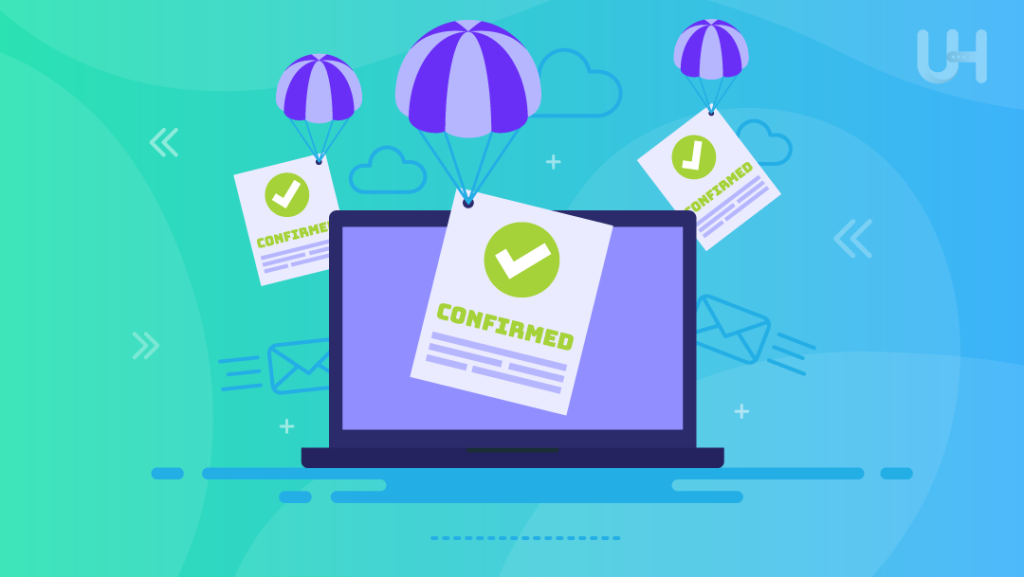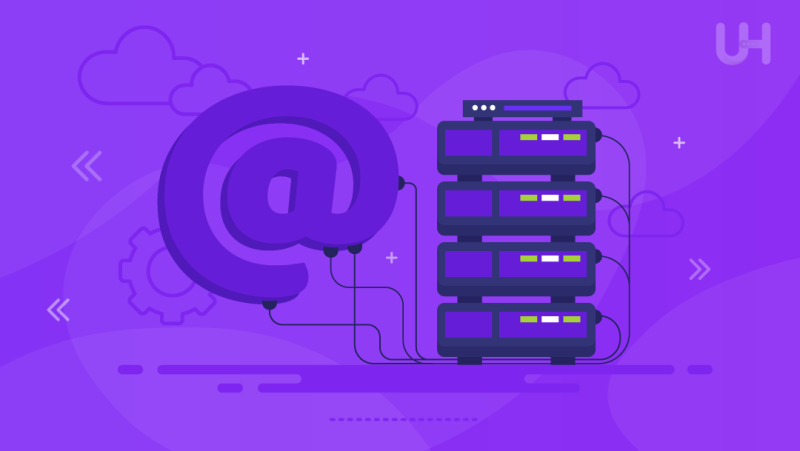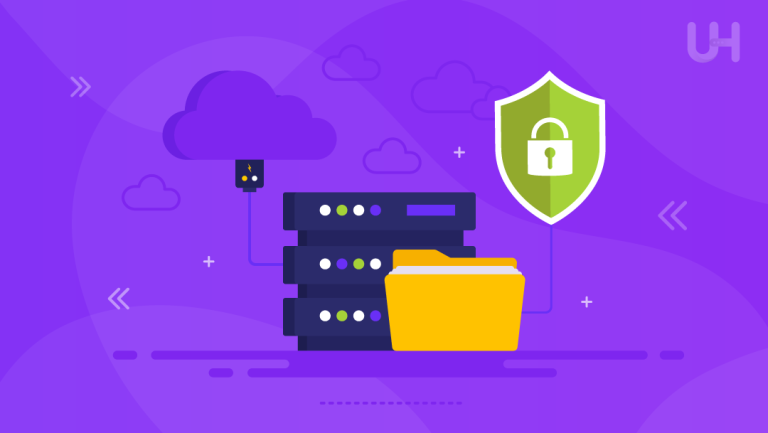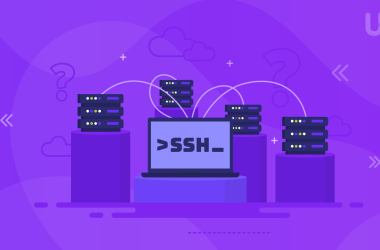Email communication plays a vital role in both business and personal interactions. Whether it’s exchanging important messages with clients or staying connected with friends and family, optimization and high performance of your email server is crucial for seamless communication.
Optimizing your mailing server is fundamental for faster and more efficient communication. By following the strategies outlined in this article and properly configure the service, you can enhance the capabilities of your email client and deliver a better user experience. Embrace the power of well-optimized email servers and unlock their potential for your personal and professional life.
Understanding the Email Server
Email servers are the backbone of online communication. They serve as the central hub responsible for handling incoming and outgoing emails within an organization or for other users. The email server acts as a bridge that facilitates the exchange of messages between different email accounts.
Depending on your specific requirements, you may opt for a mail server provided by a third-party service or set up your own email server. The decision depends on factors like the size of your organization, the level of control, and the budget available.
Outsourcing an email service may be a convenient and cost-effective option. The providers offer various packages tailored to different needs, providing a user-friendly experience with minimal maintenance required.
On the other hand, setting up a private email server grants you complete control over the system. You can choose the hardware, software, Linux or Windows operating system, and protocols that suit your needs. Your own mail server allows for customization and tailoring to match your specific requirements.
In an organization with a significant volume of emails, outgoing and incoming email servers are used to manage the flow of messages. Users utilize email clients that support protocols like POP3 and IMAP to access and manage emails. These protocols determine how clients communicate with the server, retrieve messages, and manage folders.
In this article, I focus on technical aspects related to choosing the right hosting and software, as well as configuring an email server. If you’re interested in learning how to acquire subscribers for your newsletter, check out this article:
Factors Affecting Emailing Server Performance
The performance of a mail server plays a critical role in ensuring smooth and efficient communication. Its capacity directly impacts its efficiency in handling emails, including processing power, RAM, and storage. Insufficient server capacity can lead to delays in email delivery, affecting overall communication speed.
During peak times, when email traffic increases, adequate bandwidth is crucial. Too low bandwidth can cause delays in email transmission, slowing down the mail server’s performance. Also, optimal hardware configurations and sufficient space are crucial, especially when handling large mail volumes.
Opt for reliable and feature-rich software programs. Properly configured DNS records, including MX (Mail Exchange) records, direct incoming emails to the correct email servers. Incorrect DNS settings can lead to email delivery issues, affecting communication.
Select the right email transfer protocols (SMTP, POP3, or IMAP). It affects email delivery speed and synchronization across devices. Implement effective spam filter mechanisms to reduce unwanted emails in your inbox and improve email management efficiency. Also, the choice between Windows and Linux affects mail server performance and compatibility with various software.
Implement robust mail security measures and antivirus protection to protect your email server from potential cyber threats like malware, phishing attacks, and unauthorized access attempts. A compromised server disrupts communication and compromises sensitive data. Configure effective mail filter rules for spam protection. Ensure legitimate emails reach the final destination.
Optimal Configuration for Mail Servers
Properly configuring your own email server is essential to ensure optimal performance and efficient communication. By following best practices and selecting the right hardware, software, and protocols, you can enhance your email server’s capabilities and deliver a seamless experience to users. Pay attention to fast and reliable server with high processing power, RAM, and storage capacity to handle emails efficiently. Select feature-rich software such as Microsoft Exchange Server, Zimbra, or Postfix.
Choose a mail server that supports IMAP (Internet Message Access Protocol) and other mail protocols like POP3 (Post Office Protocol) and SMTP server (Simple Mail Transfer Protocol) to cater to different clients’ needs. IMAP offers better synchronization across devices, while POP3 allows offline email access.
Configure custom DNS records, including MX record, for proper email routing and delivery. Use a convenient control panel and implement strong security measures, including SSL certificates, to encrypt communication and protect data. Set up automated backups for data recovery in case of failures.

Manage mailbox to optimize server performance: regularly deleting old emails can help free up storage. Furthermore, optimize the incoming mail servers to handle large volumes of emails efficiently. Another critical aspect is spam filtering. There are also other services, like greylisting, that help you reject emails from unknown or unwanted senders.
Configure SPF (Sender Policy Framework), DKIM (DomainKeys Identified Mail), and DMARC (Domain-based Message Authentication, Reporting, and Conformance) for email authentication and prevent spoofing. Set up specific DNS records to verify your server’s legitimacy. When you send emails, you don’t want them to end up in the spam folder, right?
Use best email cleaner app to regularly clean up mailbox storage. And set up rules for automatic email organization. Utilize real-time scanning for incoming emails to detect and block malicious content. Monitor and manage the email queue to avoid bottlenecks and ensure timely processing.
Improving Outgoing Mail Server Performance
Ensuring timely and reliable mail delivery relies heavily on the performance of your own mail service provider. SPF, DKIM, and DMARC protocols verify email legitimacy and prevent spam flags. Adjust SMTP server settings like connection timeouts and maximum recipients for efficient outgoing emails.
Implement load-balancing techniques to evenly distribute email traffic across servers. It ensures that no single server is overloaded, leading to faster email delivery. Setting email-sending limits for accounts can help you conserve resources and prevent abuse.
Use real-time scanning to detect and prevent the distribution of malicious content or spam in outgoing emails. Monitor and manage the outgoing email queue to resolve potential bottlenecks promptly. Use email delivery monitoring tools to track email status and address any delivery issues. Back up outgoing emails regularly and have a disaster recovery plan in place for server failure.
Maintain a good mail reputation to avoid greylisting or spam flags by taking preventive measures. Also, regularly review email logs for abnormalities or errors affecting performance.
Ensuring Data Security and Privacy
Data security and privacy are paramount when it comes to email communication. Safeguarding sensitive information and protecting user privacy should be a top priority for any mail server but not only. In this article you can check how to ensure data security on a storage serve:
And dere are essential measures to ensure data security and privacy for your mail server:
- Encryption and SSL certificates;
- Secure email servers;
- Access control and authentication by smart password policies, multi-factor authentication (MFA), and login attempt monitoring;
- Regular software updates, including the operating system and email server software;
- Secure web-based control panel with HTTPS protocol;
- Email and spam filter rules that detect and quarantine unwanted messages, phishing attempts, and malware-laden emails;
- Data backup and recovery services;
- Antivirus and antimalware protection;
- Appropriate access levels to users based on their roles;
- Educate users on security practices, such as recognizing phishing attempts, avoiding clicking on suspicious links, or downloading attachments from unknown sources;
- Regular security audits.
Monitoring and Maintenance
Regular monitoring and maintenance are essential to ensure your email server performs optimally and provides uninterrupted service. Proactive monitoring allows you to identify potential issues, unusual activities, and potential security breaches early on and take corrective action before they escalate.
Monitor your server’s uptime to know if it is reliable or needs improvements. Conduct periodic security audits to assess the email server’s vulnerabilities and apply necessary security patches and updates. Regularly conduct testing and validation of email server components, configurations, and security settings to verify their effectiveness.
Keep an eye on the email queue to ensure messages are being processed and delivered promptly. A growing email queue could indicate issues with outgoing mail delivery. Monitor disk space usage and clean up unnecessary files regularly to maintain sufficient storage space for smooth operation.

Keep the email server software, operating system, and other components up to date with the latest patches and updates to improve security and performance. Set up redundancy and failover mechanisms to ensure continuous email service even if one server experiences issues.
Scaling and Upgrading
As your organization grows and communication demands increase, it’s crucial to scale and upgrade your email server infrastructure to meet these new requirements. Start by assessing your own email server usage and performance. Identify areas where the server might experience strain due to high email volumes or limited resources.
You can scale your server in two ways: vertical or horizontal. Vertical scaling involves upgrading the existing server’s hardware to handle increased loads. You can upgrade the CPU, memory, and storage. Horizontal scaling focuses on distributing the email server load across multiple servers. It is closely related to load balancing.
When looking for new email providers, plan the data migration process carefully to avoid data loss and minimize downtime. Before moving to another mail delivery agent, inform users of any scheduled maintenance or upgrades to manage their expectations and minimize disruptions. Also, conduct load testing to simulate heavy email traffic and assess how the new server performs under such conditions.
Choose an email hosting that allows you to manage email marketing effortlessly. You can send and receive almost unlimited messages, create additional domain aliases. Moreover, our servers boast a high reputation, ensuring successful delivery to your customers. Pay for a year and get a free domain. The choice is simple:
Conclusion
In today’s fast-paced world, emailing plays a critical role in personal and business interactions. With an optimized email server you can ensure smooth and efficient communication. Throughout this guide, we have explored various strategies to optimize the performance of your mail server for faster communication and improved user experience.
An efficiently performing mail server not only improves communication speed but also contributes to a positive user experience. As you adopt the practices outlined in this guide, your organization will benefit from a reliable, secure, and high-performing personal email server.
We encourage you to put these suggestions into action, tailoring them to your specific needs and requirements. With an optimized mail server, you can confidently connect with clients, customers, and colleagues while staying ahead in the digital age.
Are you looking for more than just email marketing? Our virtual server with Cloudflare CDN integration includes free domain name (if you choose annual payment) and a user-friendly control panel. Our own servers with ample disk drive space will guarantee that your clients will enjoy lightning-fast speed of your pages and services. Experience the difference with our advanced security measures! Check out our planes!












